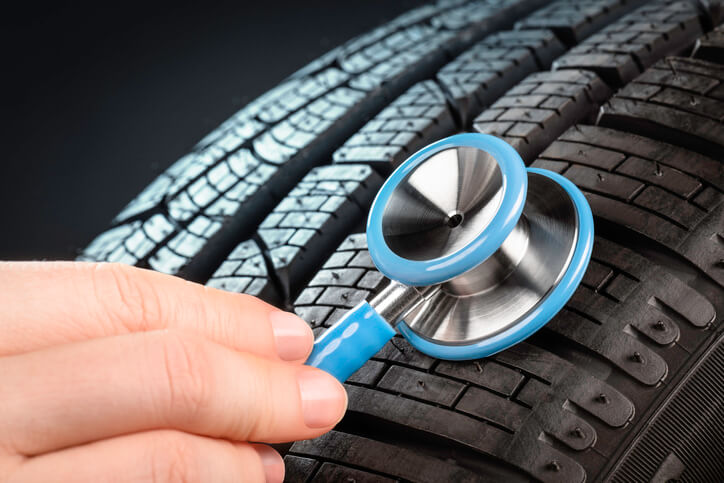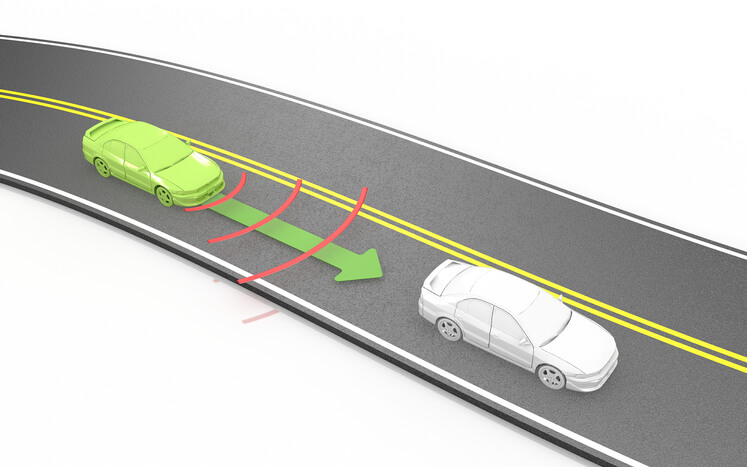If you’re a deaf, or hard of hearing, individual looking to drive, there are unique challenges you may face on the road. In this article, we’ll provide you with the rules, regulations, and laws surrounding driving as a deaf individual in the United States. We’ll also provide you with tips on how to stay safe while driving.
- Start Here
- Traffic Safety Research
-
Top Driving Schools

-
Get Your Driver License

-
How to Get a License in Your State

- Alabama
- Alaska
- Arizona
- Arkansas
- California
- Colorado
- Connecticut
- Delaware
- District of Columbia
- Florida
- Georgia
- Hawaii
- Idaho
- Illinois
- Indiana
- Iowa
- Kansas
- Louisiana
- Maine
- Maryland
- Massachusetts
- Michigan
- Minnesota
- Mississippi
- Missouri
- Montana
- Nebraska
- Nevada
- New Hampshire
- New Jersey
- New Mexico
- New York
- North Carolina
- North Dakota
- Ohio
- Oklahoma
- Oregon
- Rhode Island
- South Carolina
- South Dakota
- Tennessee
- Texas
- Utah
- Vermont
- Virginia
- Washington
- West Virginia
- Wisconsin
- Wyoming
-
State Driving Laws

-
Permit Practice Tests

- Alabama
- Alaska
- Arizona
- Arkansas
- California
- Colorado
- Connecticut
- Delaware
- District of Columbia
- Florida
- Georgia
- Hawaii
- Idaho
- Illinois
- Indiana
- Iowa
- Kansas
- Louisiana
- Maine
- Maryland
- Massasschusetts
- Michigan
- Minnesota
- Mississippi
- Missouri
- Montana
- Nebraska
- Nevada
- New Hampshire
- New Jersey
- New Mexico
- New York
- North Carolina
- North Dakota
- Ohio
- Oklahoma
- Oregon
- Pennsylvania
- Rhode Island
- South Carolina
- South Dakota
- Tennessee
- Texas
- Utah
- Vermont
- Virginia
- Washington
- West Virginia
- Wisconsin
- Wyoming
-
DMV Handbooks

- Alabama
- Alaska
- Arizona
- Arkansas DMV Handbook
- California Driver’s Handbook
- Colorado
- Connecticut DMV Drivers Handbook
- Delaware
- District of Columbia
- Florida
- Georgia
- Hawaii
- Idaho Driver’s Handbook
- Illinois
- Indiana
- Iowa
- Kansas
- Louisiana
- Maine
- Maryland
- Massachusetts
- Michigan
- Minnesota
- Mississippi
- Missouri
- Montana DMV Drivers Handbook
- Nebraska
- Nevada
- New Hampshire
- New Jersey
- New Mexico
- New York
- North Carolina
- North Dakota
- Ohio
- Oklahoma DMV Handbook Drivers Manual
- Oregon
- Rhode Island
- South Carolina
- South Dakota
- Tennessee DMV Driver’s Handbook
- Texas
- Utah
- Vermont
- Virginia
- Washington
- West Virginia
- Wisconsin
- Wyoming
-
Find Online Driver’s Ed

- Find a Driving School
-
How to Get a License in Your State
-
What is S.P.I.D.E.R?

- Traffic Safety Research
-
Top Driving Schools

-
Get Your Driver License

-
How to Get a License in Your State

- Alabama
- Alaska
- Arizona
- Arkansas
- California
- Colorado
- Connecticut
- Delaware
- District of Columbia
- Florida
- Georgia
- Hawaii
- Idaho
- Illinois
- Indiana
- Iowa
- Kansas
- Louisiana
- Maine
- Maryland
- Massachusetts
- Michigan
- Minnesota
- Mississippi
- Missouri
- Montana
- Nebraska
- Nevada
- New Hampshire
- New Jersey
- New Mexico
- New York
- North Carolina
- North Dakota
- Ohio
- Oklahoma
- Oregon
- Pennsylvania
- Rhode Island
- South Carolina
- South Dakota
- Tennessee
- Texas
- Utah
- Vermont
- Virginia
- Washington
- West Virginia
- Wisconsin
- Wyoming
-
State Driving Laws

-
Permit Practice Tests

- Alabama
- Alaska
- Arizona
- Arkansas
- California
- Colorado
- Connecticut
- Delaware
- District of Columbia
- Florida
- Georgia
- Hawaii
- Idaho
- Illinois
- Indiana
- Iowa
- Kansas
- Louisiana
- Maine
- Maryland
- Massasschusetts
- Michigan
- Minnesota
- Mississippi
- Missouri
- Montana
- Nebraska
- Nevada
- New Hampshire
- New Jersey
- New Mexico
- New York
- North Carolina
- North Dakota
- Ohio
- Oklahoma
- Oregon
- Pennsylvania
- Rhode Island
- South Carolina
- South Dakota
- Tennessee
- Texas
- Utah
- Vermont
- Virginia
- Washington
- West Virginia
- Wisconsin
- Wyoming
-
DMV Handbooks

- Alabama
- Alaska
- Arizona
- Arkansas DMV Handbook
- California Driver’s Handbook
- Colorado
- Connecticut DMV Drivers Handbook
- Delaware
- District of Columbia
- Florida
- Georgia
- Hawaii
- Idaho Driver’s Handbook
- Illinois
- Indiana
- Iowa
- Kansas
- Louisiana
- Maine
- Maryland
- Massachusetts
- Michigan
- Minnesota
- Mississippi
- Missouri
- Montana DMV Drivers Handbook
- Nebraska
- Nevada
- New Hampshire
- New Jersey
- New Mexico
- New York
- North Carolina
- North Dakota
- Ohio
- Oklahoma DMV Handbook Drivers Manual
- Oregon
- Pennsylvania
- Rhode Island
- South Carolina
- South Dakota
- Tennessee DMV Driver’s Handbook
- Texas
- Utah
- Vermont
- Virginia
- Washington
- West Virginia
- Wisconsin
- Wyoming
-
Find Online Driver’s Ed

- Find a Driving School
-
How to Get a License in Your State
-
What is S.P.I.D.E.R?


















